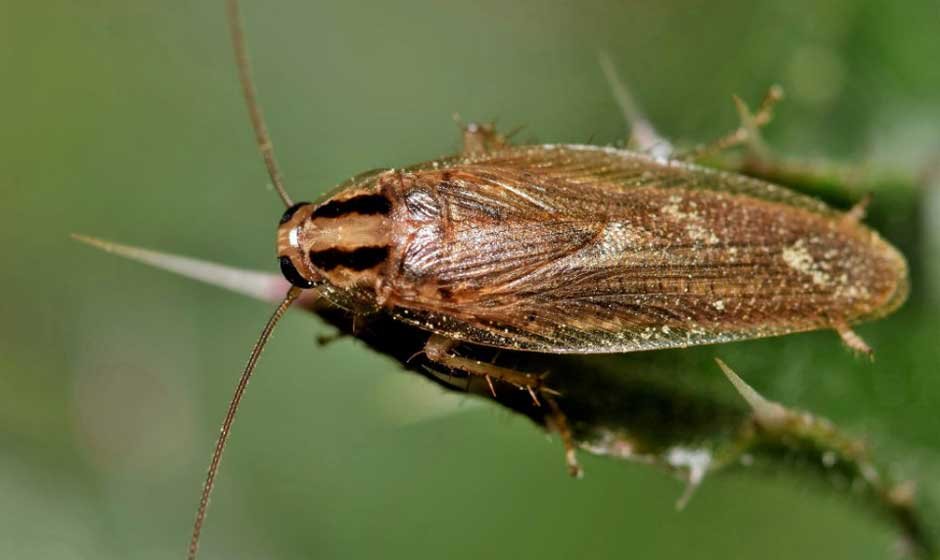Dealing with a German cockroach infestation can be daunting, especially for exterminators. The challenges you face include understanding the cockroaches’ rapid reproduction rate and their ability to develop resistance to common pesticides. These factors complicate the extermination process, requiring innovative approaches and consistent monitoring to ensure success.
As you consider hiring a professional, it’s crucial to recognize the various strategies involved in effectively eliminating these pests. Exterminators must deploy chemical treatments and address environmental factors contributing to infestations, such as sanitation issues and hiding spots. Understanding these nuances can significantly influence the outcome of your efforts.
Effective communication between you and your exterminator can also help overcome challenges. Sharing detailed information about the severity of the infestation and previous pest control attempts allows for a tailored extermination plan that increases the likelihood of success. Your proactive involvement is key to navigating the complexities of German cockroach extermination.
Understanding the German Cockroach Problem
German cockroaches pose significant challenges to extermination services in Carrollton due to their unique characteristics and adaptability. Their ability to thrive in urban environments makes them difficult to eliminate.
Characteristics of German Cockroaches
German cockroaches are small, typically measuring 1.1 to 1.6 inches long. They have a light brown coloration with two distinct dark stripes running down their backs, which makes them identifiable among other species.
One of their most concerning traits is their rapid reproduction. A female can produce up to 40 eggs in a single egg case. This exponential growth makes control efforts more challenging. Furthermore, they hide in small crevices, wall voids, and kitchen appliances, making detection difficult.
Another factor complicating extermination efforts is their diet. German cockroaches are omnivorous, feeding on human food, grease, and even paper products. This adaptability allows them to survive in various conditions, increasing their prevalence.
Why German Cockroaches Thrive in Urban Environments
Urban environments provide ideal conditions for German cockroaches. They find ample food sources, shelter, and warmth, especially in densely populated areas like Carrollton. Combining high human activity and available waste creates a perfect breeding ground.
Moreover, buildings often contain numerous hiding spots, such as cracks, crevices, and utility spaces. These locations allow cockroaches to evade detection and establish themselves in homes and businesses.
Another contributing factor is the abundant shared plumbing and ventilation systems in urban settings. These interconnected systems can facilitate the movement of cockroaches between units, making localized extermination difficult. Addressing these challenges requires a comprehensive approach.
Challenges in Exterminating German Cockroaches
Exterminating German cockroaches presents several unique challenges. Effectively addressing these issues requires a deep understanding of their biology, behavior, and the effectiveness of pest control methods.
Pesticide Resistance
Pesticide resistance is a significant hurdle in exterminating German cockroaches. Many populations have developed resistance to commonly used insecticides due to repeated exposure, which reduces the efficacy of treatments in Carrollton and similar areas.
In response, pest control professionals often have to use a combination of different products and methods. Rotating insecticides helps reduce the likelihood of resistance development. However, identifying the appropriate mix can be complicated and time-consuming.
Cockroach Biology and Behavior
Understanding German cockroach biology and behavior is crucial for effective extermination. They reproduce rapidly, with a single female capable of producing around 30 to 40 offspring in her lifetime. This prolific breeding makes it easy for infestations to grow quickly.
Additionally, they prefer dark, warm, and humid environments, often residing in hidden areas like kitchens and bathrooms. Their nocturnal habits make them harder to detect. You may find them in crevices or behind appliances, complicating efforts to eliminate them effectively.
German Cockroach Pest Control Difficulties
Tough German cockroach infestations can pose significant challenges for pest control. These pests often remain hidden, making it difficult to gauge the extent of an infestation.
Further issues arise from their ability to relocate and spread throughout a structure, which may necessitate wider treatment zones. Implementing thorough inspections and continuous monitoring becomes essential. You may also have to address sanitation issues, as cluttered environments can provide ample hiding spots.
Dealing with these challenges requires a comprehensive approach tailored to your specific situation.
Strategies for Effective German Cockroach Management
Effective management of German cockroaches requires both preventative measures and professional extermination techniques. Implementing the right strategies can significantly reduce the likelihood of infestations and promptly address existing problems.
Preventative Measures
To prevent German cockroach infestations, start with the following actions:
- Maintain Cleanliness: Regularly clean your kitchen and dining areas. Focus on wiping surfaces and vacuuming crumbs. Ensure food is stored in airtight containers.
- Seal Entry Points: Inspect your property for cracks and crevices. Seal gaps around pipes, windows, and doors to deter entry.
- Minimize Moisture: Cockroaches thrive in humid environments. Fix leaky faucets and ensure proper ventilation in bathrooms and kitchens. Use dehumidifiers if necessary.
- Proper Waste Management: Dispose of garbage regularly. Use bins with tight-fitting lids to eliminate potential food sources.
Implementing these measures can help reduce the risk of infestations and create an inhospitable environment for cockroaches.
Professional Extermination Techniques
Professional extermination techniques can provide effective solutions when dealing with German cockroach infestations. Consider the following methods:
- Insect Growth Regulators (IGRs): These disrupt the growth and reproduction of cockroaches. They are often used in conjunction with other treatments for increased effectiveness.
- Bait Stations: Professionals deploy bait stations containing attractive insecticides. Cockroaches consume the bait and carry it back to their nests, reducing the population.
- Fumigation: For severe infestations, fumigation may be necessary. This involves sealing the property and introducing a gaseous pesticide to eliminate roaches in hidden spaces.
Reaching out to experts is essential for any pest-related concerns. Critter Stop has a fantastic reputation and online customer reviews because it provides high-quality work and great customer service. Call Critter Stop at (214) 234-2616 for a free inspection to solve your problem with wildlife or pest removal from your property.
—










